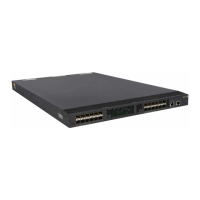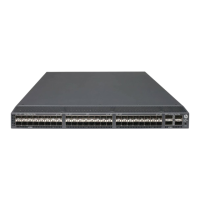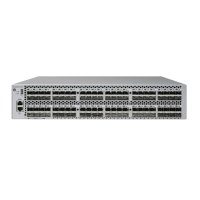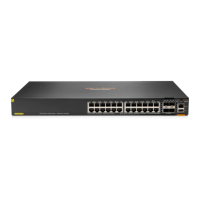199
• INP_REUSEPORT—Reuses the port number.
• INP_ANONPORT—Port number not specified.
• INP_PROTOCOL_PACKET—Identifies a protocol packet.
• INP_RCVVLANID—Receives the VLAN ID of the packet. Only UDP
and RawIP support this flag.
• IN6P_IPV6_V6ONLY—Only supports IPv6 protocol stack.
• IN6P_PKTINFO—Receives the source IPv6 address and input
interface of the packet.
• IN6P_HOPLIMIT—Receives the hop limit.
• IN6P_HOPOPTS—Receives the hop-by-hop options extension
header.
• IN6P_DSTOPTS—Receives the destination options extension
header.
• IN6P_RTHDR—Receives the routing extension header.
• IN6P_RTHDRDSTOPTS—Receives the destination options
extension header preceding the routing extension header.
• IN6P_TCLASS—Receives the traffic class of the packet.
• IN6P_AUTOFLOWLABEL—Attaches a flow label automatically.
• IN6P_RFC2292—Uses the API specified in RFC 2292.
• IN6P_MTU—Discovers differences in the MTU size of every link
along a given data path. TCP does not support this flag.
• INP_RCVMACADDR—Receives the MAC address of the frame.
• INP_SYNCPCB—Waits until Internet PCB is synchronized.
• N/A—None of the above flags.
Inpcb vflag
IP version flags in the Internet PCB:
• INP_IPV4—IPv4 protocol.
• INP_IPV6—IPv6 protocol.
• INP_IPV6PROTO—Creates an Internet PCB based on IPv6
protocol.
• INP_TIMEWAIT—In TIMEWAIT state.
• INP_ONESBCAST—Sends broadcast packets.
• INP_DROPPED—Protocol dropped flag.
• INP_SOCKREF—Strong socket reference.
• INP_DONTBLOCK—Do not block synchronization of the Internet
PCB.
• N/A—None of the above flags.
Hop limit(minimum hop limit)
Hop limit in the Internet PCB. The minimum number of hops is in the
parentheses.
Send VRF Sent instances.
Receive VRF Received instances.
ipv6 address
Use ipv6 address to configure an IPv6 global unicast address for an interface.
Use undo ipv6 address to remove the IPv6 global unicast address of the interface.
Syntax
ipv6 address { ipv6-address prefix-length | ipv6-address/prefix-length }
undo ipv6 address [ ipv6-address prefix-length | ipv6-address/prefix-length ]

